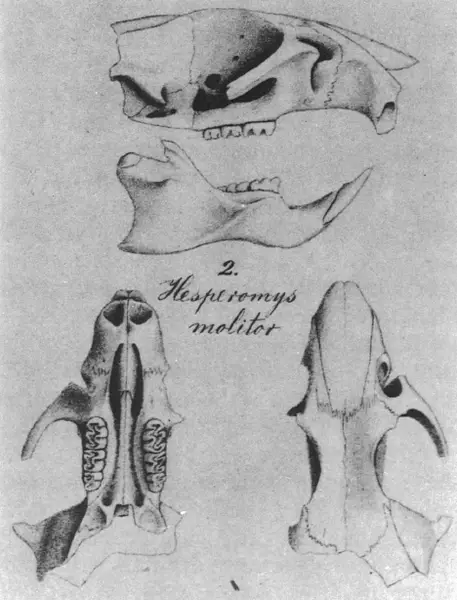Lund’s Amphibious Rat
The Lundomys molitor, also known as Lund’s Amphibious Rat or the Greater Marsh Rat is a rat species that is semi-aquatic. I is native to south-eastern South America, however its current distribution is now restricted to some parts of Brazil and Uruguay. In the past, its range was from Brazil to Argentina.
This animal was first described by Danish Zoologist, Herluf Winge, in 1887. Winge reviewed the materials that were collected by Peter Wilhelm Lund in the caves of Lagoa Santa, Minas Gerais, Brazil. Only 4 specimens were used for his description including 2 skull fragments and isolated jaw fragments.
Lund’s Amphibious Rat is one of the largest living oryzomyines. This only occurs in the same area, where the tail is longer than the head and its body. There is no difference in colour between the upper and lower side of its body. Their coat is quite dense, long, and soft. Like some other semi-aquatic oryzomyines, there is some hair along its plantar margins and between some of its digits. Female Lund’s Amphibious Rats have 4 pairs of teats, and the gall bladder is also absent. The head and body length is about 160 to 230 mm, and averages about 193 mm. The tail length is only 195 – 225 mm, and averages about 23 mm. Its hindfoot is about 62 mm.
Lund’s Amphibious Rat live in semi-aquatic habitats. It spends most of its time in the water, and is very active at night time. As it is semi-aquatic, it is an excellent swimmer. It builds a spherical nest amongst reeds of up to 1.5 metres in deep water. Nests are about 20 cm above the water. Materials for the nest come from the surrounding reeds. Lund’s Amphibious Rat’s are herbivorous.
Fortunately for the Lund’s Amphibious Rat, they are categorised by the IUCN as being of “Least Concern”. This is because they have quite a wide distribution and there is no evidence to suggest a decline in population. Some of the areas where the Lund’s Amphibious Rat lives are protected. However, as its habitat continues to be destructed, this may pose a threat to its existence.




